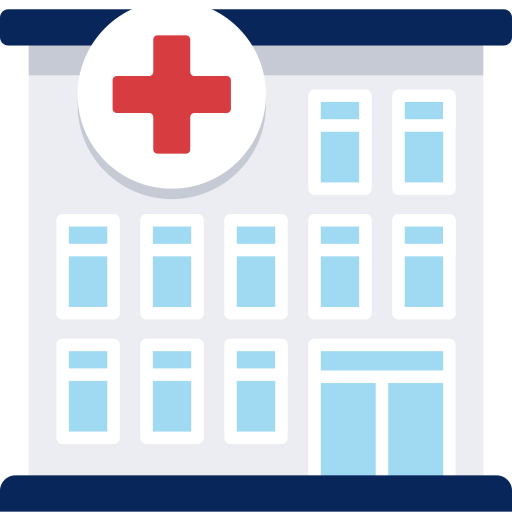Campylobacter Infection in Children
Campylobacter is a bacterium that can cause a serious infection called campylobacteriosis. Symptoms often include cramping, diarrhea, abdominal pain, and fever.
Facts about campylobacteriosis
The campylobacter bacteria mostly affect infants, teenagers, and young adults. The CDC estimates that about 2.4 million cases of campylobacter occur in the U.S. each year. Most of the cases go undiagnosed and unreported.
Campylobacter is more common in summer than in winter. A person typically gets the infection by eating or coming in contact with raw meat, usually chicken. It can also be picked up by drinking contaminated water or unpasteurized dairy products. The bacteria can also be found in kitty litter or infected stool from pets or other animals.
Symptoms
These symptoms of campylobacteriosis typically appear about two to five days after exposure to the bacteria:
-
Diarrhea
-
Cramping
-
Abdominal pain
-
Fever
-
Blood in the diarrhea
-
Nausea
-
Vomiting
The illness usually lasts about a week. In people with a weakened immune system, symptoms can become more severe and even life-threatening.
Diagnosis
In order to determine that campylobacter bacteria are causing your child's illness, his doctor will need to take a stool sample and culture it. Since these types of illnesses are caused by many different kinds of bacteria, this is the best way to accurately determine if campylobacter is the culprit.
Treatment
The illness related to campylobacter typically only lasts a week. So by the time the doctor sees your child there may be nothing else for you to do but wait it out. In some instances, the doctor may prescribe antibiotics such as azithromycin or erythromycin to ease symptoms and make your child feel better faster. If the illness doesn't go away, you'll want to see the doctor again immediately.
Prevention
In most instances, a campylobacter infection results from improper food handling or preparation. Even a drop of contaminated juice from raw chicken can cause an infection.
You can prevent the spread of the bacteria by taking precautions when preparing food. Cut all meats on separate cutting boards from those used for fruits, vegetables, or other foods. Throw out any marinade used on raw meat. Cook meat until no pink is showing before serving it. Never put cooked meat on an unwashed dish that held raw meat.
Good hygiene measures can also help to prevent the spread of the illness. These include washing hands thoroughly with soap and hot water after playing with or touching a pet, changing a diaper, handling raw meat, or using the bathroom. If someone in your household has diarrhea, everyone should wash their hands frequently, not just the person with the illness.
Contaminated water and unpasteurized dairy products are two other common sources of campylobacter bacteria. It's best to avoid both altogether.
Home remedies
You can't do much to alleviate the symptoms of campylobacteriosis at home, but if you have diarrhea, it's important to stay properly hydrated by drinking plenty of water as long as the diarrhea lasts.
Related Questions
Chicken pox
- 3593 Days ago
- Child Health
Infant Self Stimulation
- 3630 Days ago
- Growth & Development - Child Health
Pediatric Cardiac oparation
- 3641 Days ago
- Growth & Development - Child Health
Speech therapy
- 3670 Days ago
- Child Health
My weight is 40 kg
- 4014 Days ago
- Child Health
Precaution during new teeth arising
- 4017 Days ago
- Child Health





















